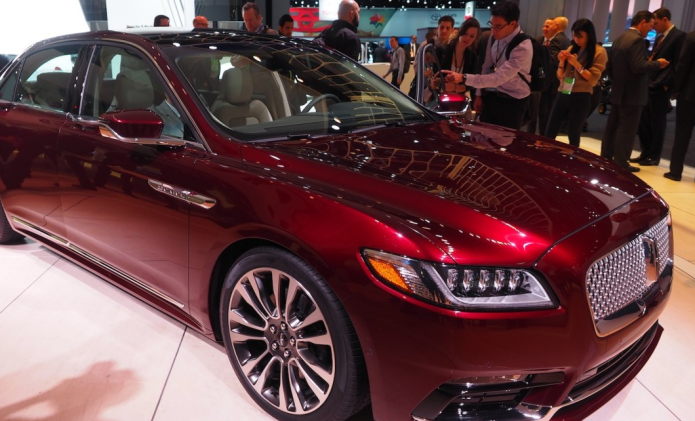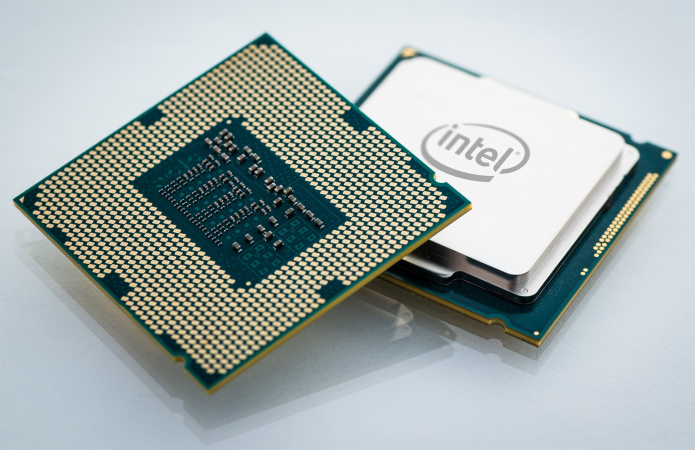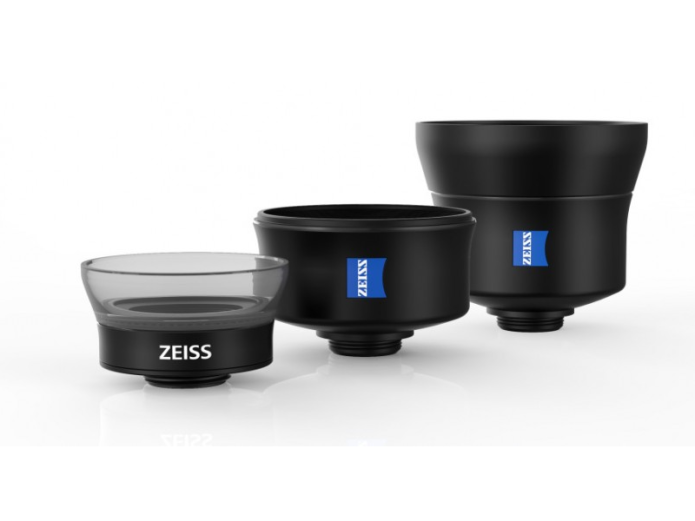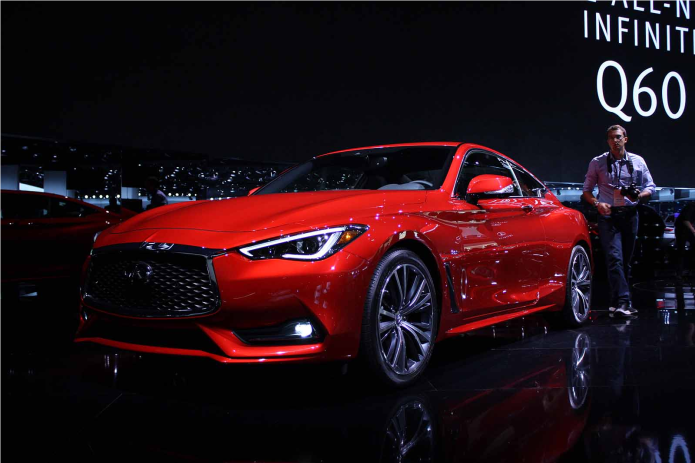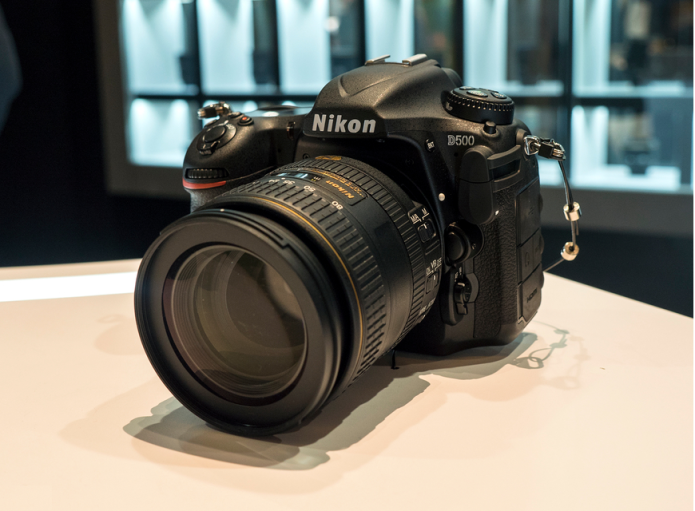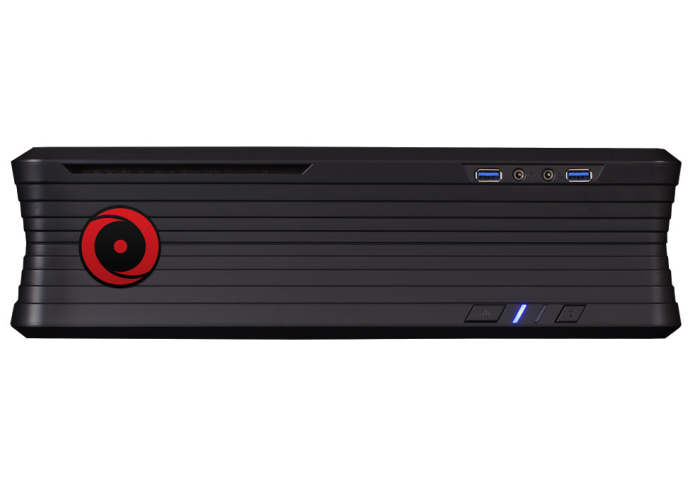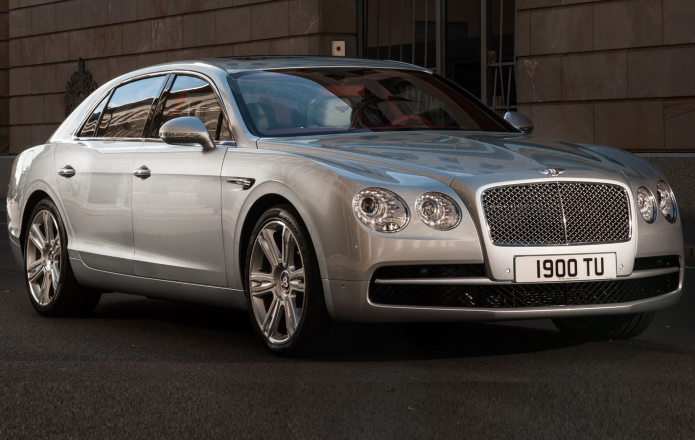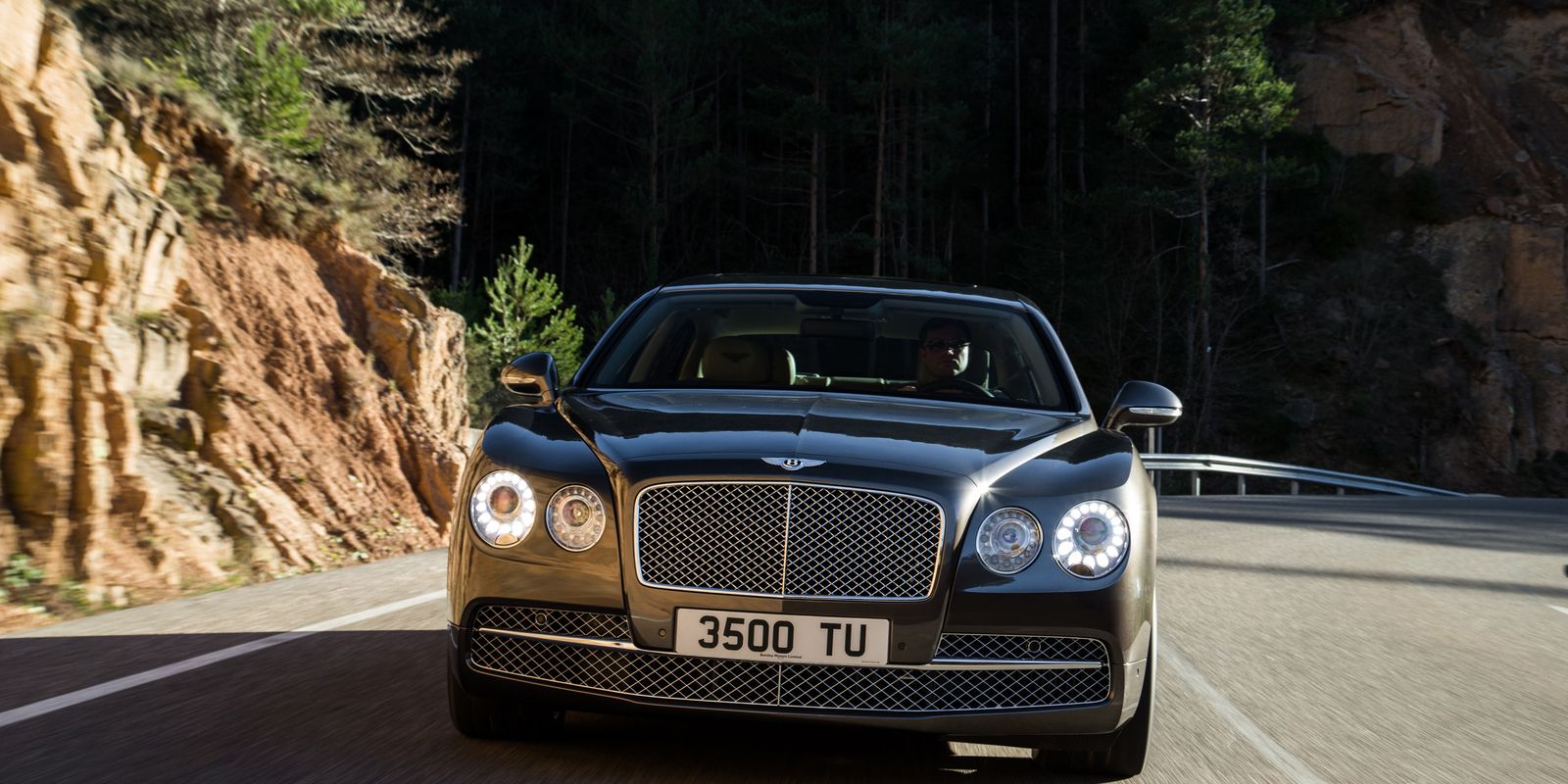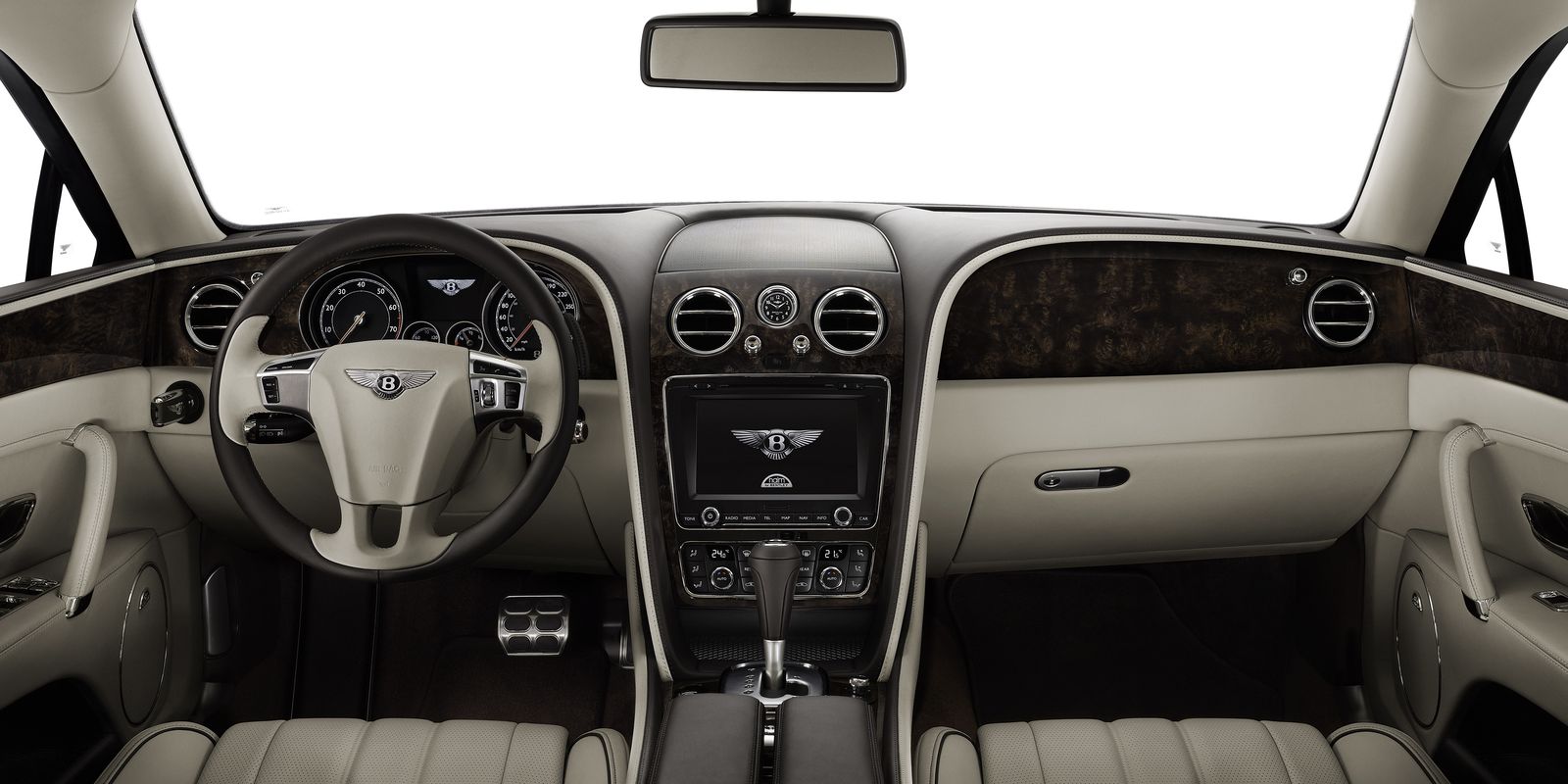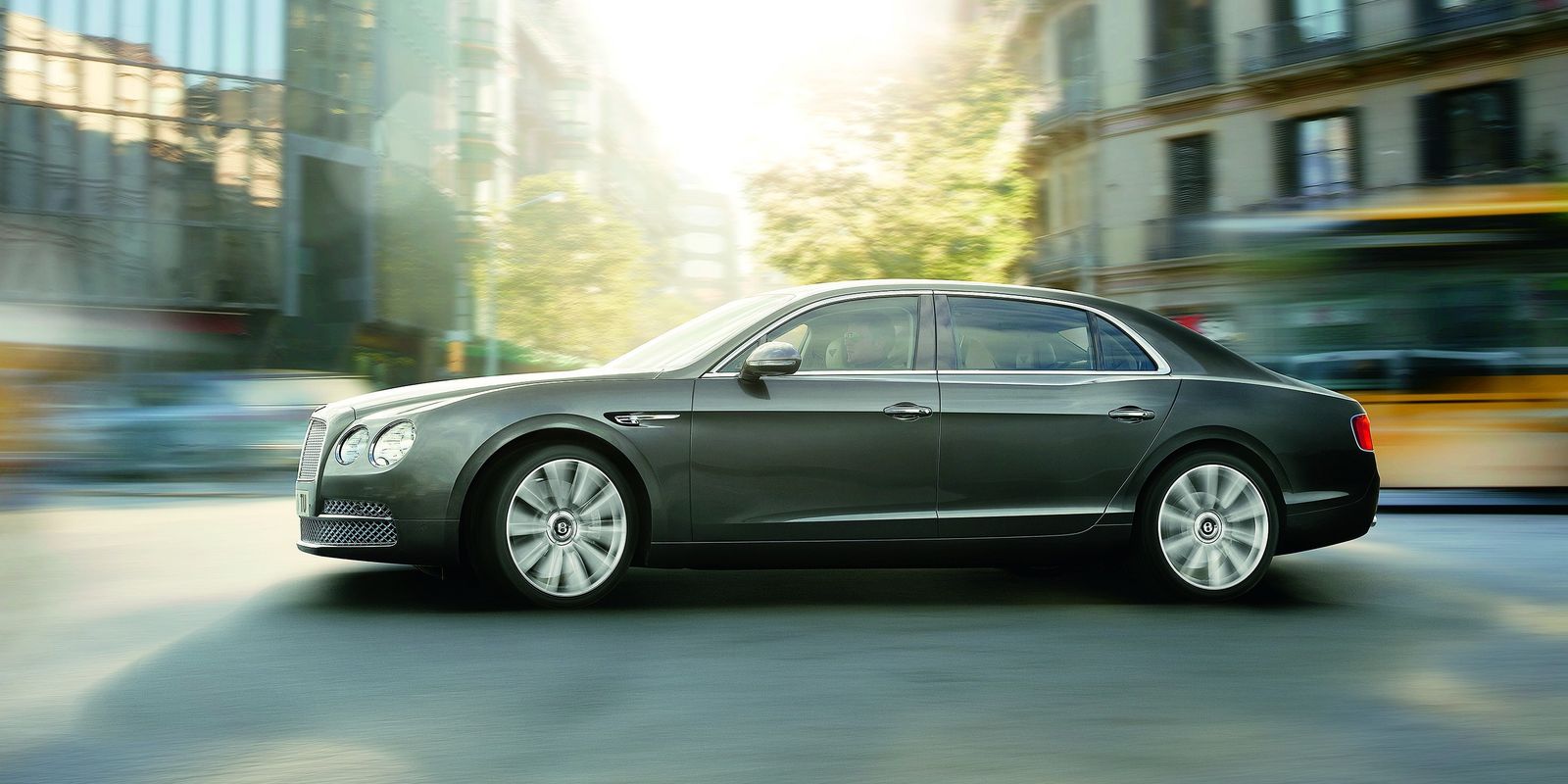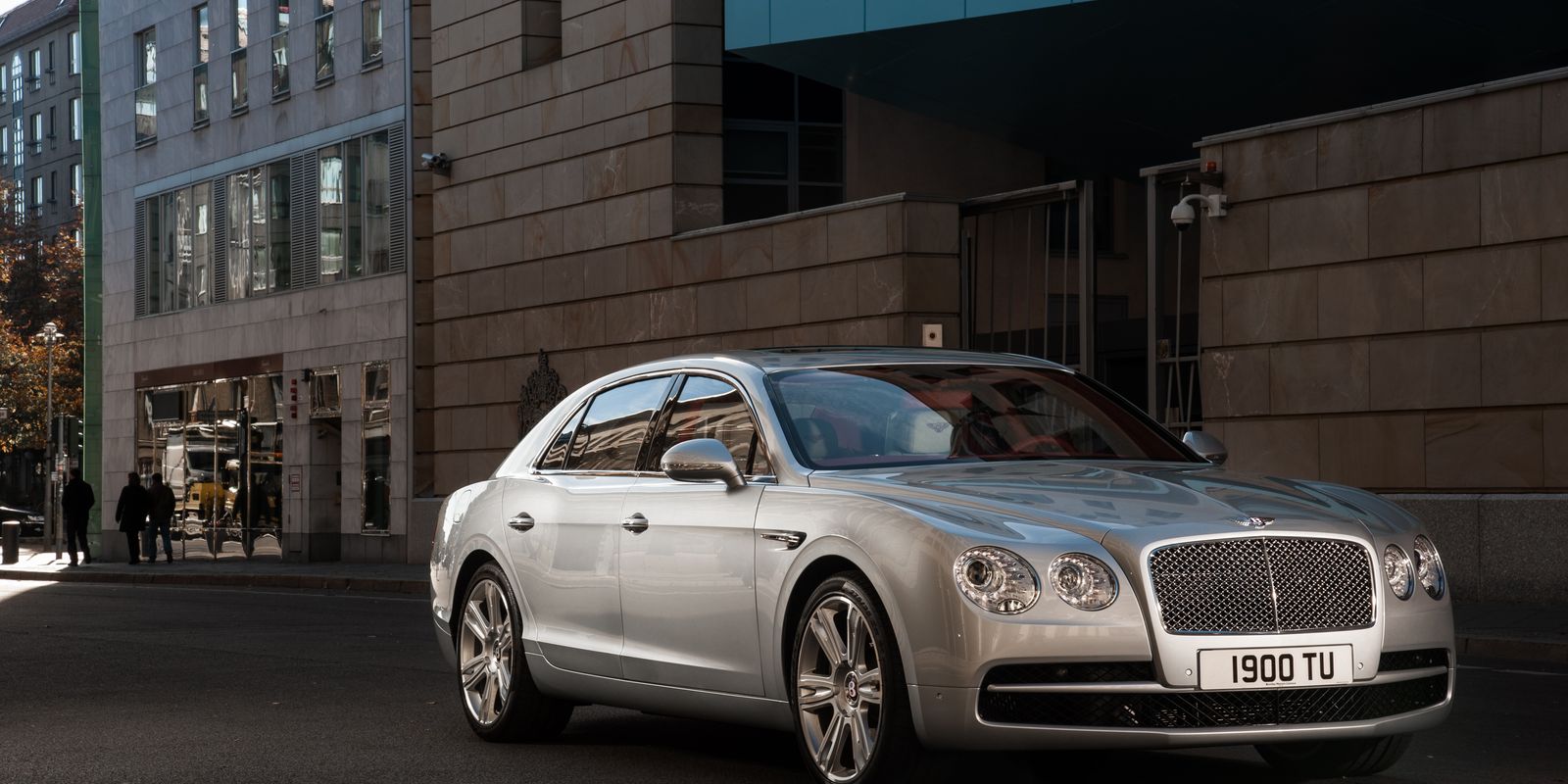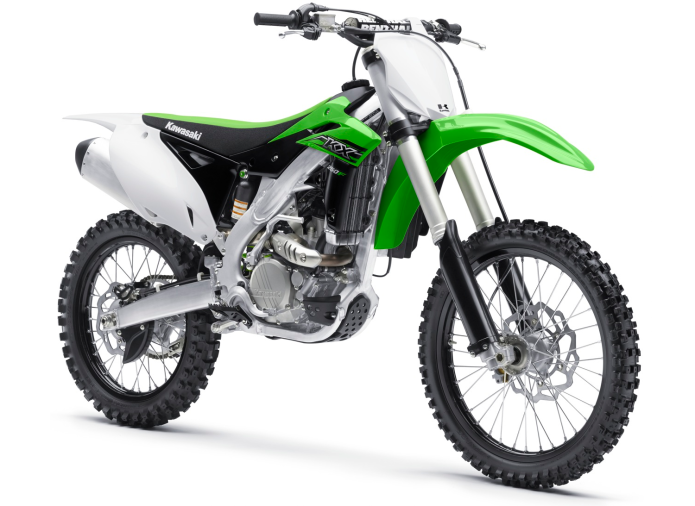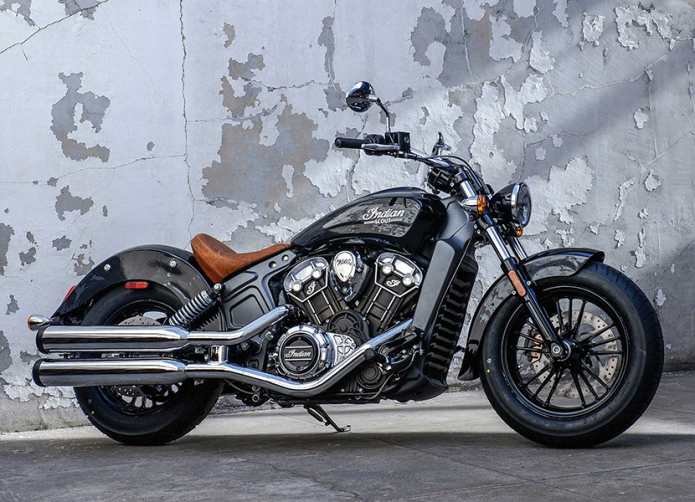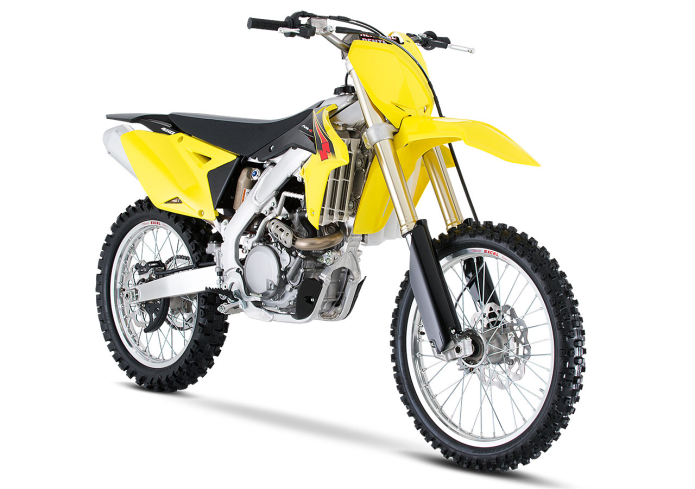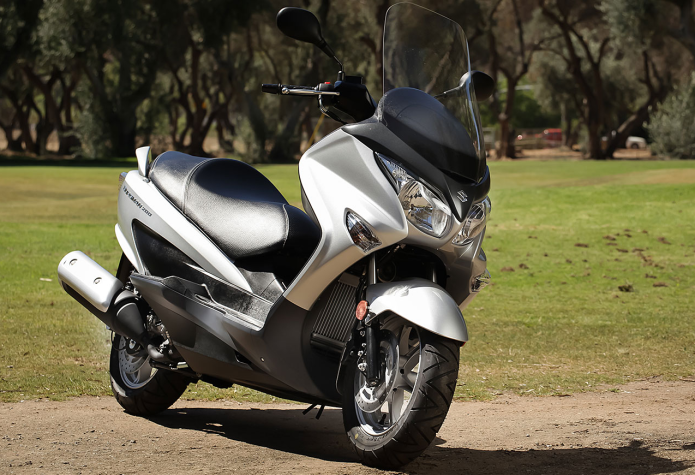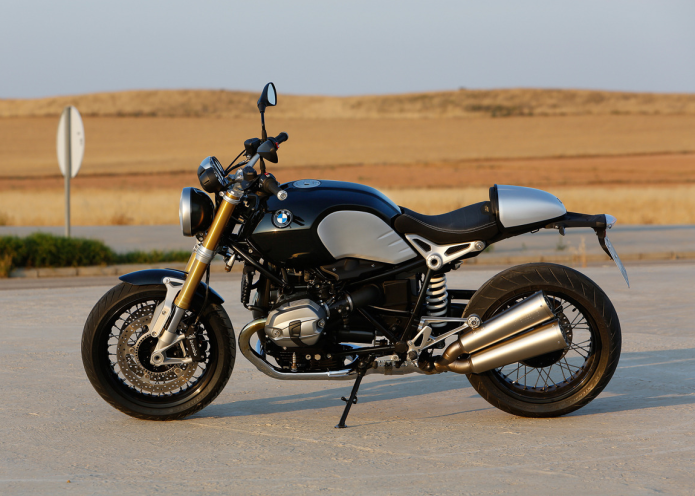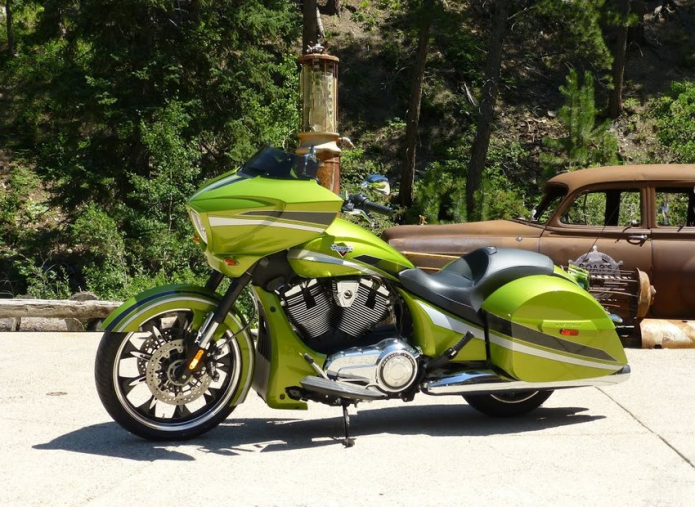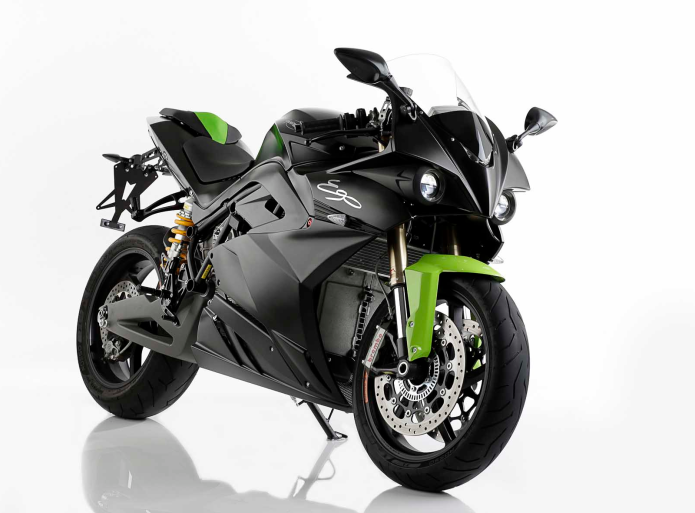It looks like something out of Michael Bay’s subconscious – projector-beam headlights as eyes, its futuristic bodywork angular and edgy, with wide-set wheels and low-profile rubber setting a muscular stance. A dorsal fin rises between two roll bars, the machine’s truncated tail showcasing a hefty coil-over shock and stout single-sided swingarm. In a sense Polaris’ three-wheeled 2015 Slingshot is a transformer, part car, part motorcycle, a sophisticated machine with an Electronic Stability Program (ESP), traction control and ABS, the sum of its parts aimed at a riding experience that raises heart rates and adrenalin levels.
[su_youtube url=”https://youtu.be/oISqdXwbK8c”]Watch the Using Rcpp Syntactic Sugar video.[/su_youtube]
And Type-A personalities are definitely on the radar of Polaris’ marketing team, who believe adrenalin junkies will be attracted to this road-hugging, drift-happy machine. During tech briefing, Polaris mentioned pre-existing powersports owners as other potential buyers, a group that includes a cross-section of watercraft, snowmobile, UTV and motorcycle riders. High-viz Hollywood types, the sort that’s always looking for the next big thing, were also lumped into the buying demographic. And while the obligatory “giving aging two-wheeled riders an alternative” was also mentioned, it’s Polaris’ 60th anniversary, and what better way to celebrate that milestone than release something new and exciting for the company.

When word first spread about Polaris’ three-wheeler, we initially envisioned a direct competitor for Can-Am’s Spyder, another three-wheeler that uses the angle of extending saddle time of aging riders as a selling point. But beyond sharing the same two front/single rear wheel arrangement, comparing the two is a moot point. The Spyder is sit-on, its riders stacked front-to-back motorcycle-style, while the 2015 Slingshot is a two-seated roadster with riders sitting side-by-side. Whereas the Spyder has a handlebar, the Slingshot sports a steering wheel. The riding experience of each is as diverse as their styling.

Polaris has been a mover-and-shaker recently, and if the Slingshot is any indication, the company shows no signs of slowing down.
The 2015 Slingshot has been in development for the last three years. Polaris was granted a patent for its three-wheeler on September 17, 2013, with Garth H. Bracy, Gurminder S. Bhandal and Greg Brew listed as inventors. Initially it will be released in two versions, the 2015 Slingshot in Titanium Metallic and the 2015 Slingshot SL in Red Pearl, the SL seeing the addition of a Blade Windshield, premium 10-spoke forged-aluminum wheels (18-inch front and 20-inch rear) and a media console featuring a 4.3-inch LCD screen. U.S. and Canadian markets will see the Polaris Slingshot first, but it’s projected to be released in Europe, Asia, and Australia as well. The base Slinghot has a $19,999 MSRP while the 2015 Slingshot SL with its added features and bigger wheels sells for $23,999.
One of the contingencies for ownership is the need for a motorcycle endorsement to drive one, depending on the pre-existing laws of individual states. In regards to licensing, we were told, “Virtually all states classify Slingshot as a motorcycle, and therefore any licensing regulations and restrictions (like helmet laws) that apply to motorcycles also apply to Slingshot. California is an exception in that it classifies Slingshot as a 3-wheeled motorcycle, which can be ridden with only a Class C license. Virginia classifies it as a 3-wheeled motorcycle and offers a special 3-wheeled motorcycle license (M3).”

Nuts & Bolts
Beneath the three-wheeler’s polymer body panels is a framework of welded steel tubing. The strong, steel space frame houses a four-cylinder Ecotec VVT (Variable Valve Timing) engine made by General Motors, a 2.4 Liter DOHC motor that’s been around for over 10 years. The 2384cc four-banger puts out a claimed 173 hp @ 6200 rpm and 166 lb-ft torque @ 4700 rpm, with the machine weighing in around 1725 pounds fully fueled. Its power numbers are achieved by pistons operating within an 88mm bore at a 98mm stroke, compression set at a 10.4:1 ratio. Transferring that power to the rear starts with a five-speed manual transmission with reverse.

The cockpit of the 2015 Slingshot is comprised of two lightly padded, adjustable seats with 3-point seatbelts, the seats skirting the ground at an 11.5-inch seat height.

The Slingshot is equipped with rack-and-pinion power steering that provides more assistance below 30 mph and less above that speed.
The five-speed transmission leads to a short driveshaft and connects to a right-angle drive with spiral-cut bevel gears. This changes rotational momentum as it spins the carbon fiber belt connected to the back wheel. Spent gases are jettisoned through a short, free-flowing style exhaust mounted to the right of the transmission, the exhaust equipped with a catalytic converter.

The front of the Slingshot is wide and low-slung, contributing to its ground-hugging prowess
The rack-and-pinion steering system of the Slingshot provides more electronic power-assistance at speeds below 30 mph and less above. The front end of the Slingshot is anchored by double-wishbone suspension with a sway bar and coil-over gas shocks, while the rear features a single-sided, cast-aluminum swingarm teamed to a healthy-sized single shock. Final drive is a carbon fiber-reinforced belt similar to ones used on Polaris’ Victory Motorcycles.

A large, motorcycle-style swingarm and mondo coil-over shock supports the back end and its chunky 265mm Kenda ‘Slingshot’ 799 tire.

Double-wishbone suspension, coil-over gas-filled shocks and sway bars equate to little side-to-side roll.

The 2.4L DOHC engine of the 2015 Polaris Slingshot will burn rubber in the first three gears.

The Slingshot SL comes with a media console featuring a 4.3-inch LCD, a six-speaker audio system and a back-up camera.
The Polaris roadster rolls on proprietary low-profile Slingshot 799 tires produced in conjunction with Kenda, the vehicle rolling 205mm wide up front and 265mm large at the rear. Disc brakes provide the stopping power, with 298mm vented rotors on all three wheels. The Slingshot comes standard with ABS, its electronics package consisting of both ESP and traction control. The Electronic Stability Program measures all three wheels 40x a second and teams with the vehicle’s traction control to give the Slingshot its impressive ability to hug the road, even when you deliberately try to break the rear loose. The ESP can be turned off by simply pushing a button in the center of the dash.

Spooned inside the steel space frame of the 2015 Slingshot is a four-cylinder Ecotec VVT engine made by GM, a 2.4L DOHC motor that’s been around for approximately 10 years.

A peek at the steel skeleton of the 2015 Polaris Slingshot.
The cockpit of the 2015 Slingshot is comprised of two lightly padded, adjustable seats with 3-point seatbelts, the seats skirting the ground at a height of 11.5-inches. The seats are color-matched to the vehicle and are said to be waterproof. Roll bars above them are said to support five-times the weight of the vehicle. Behind the seats are small storage compartments, while a lockable glove box in front of the passenger also provides a touch of storage space. A peek between the tilting steering wheel reveals the gauges of an analog speedo and tachometer, the speedometer outfitted with a small digital display window as well. On the Slinghot S model, there’s a 4.3-inch LCD screen mounted in the dash between rider and passenger. The S model has a back-up camera that displays on the LCD when reverse is engaged. The upgraded Slingshot also comes with a six-speaker audio system. It has the capacity to tether to a phone via a plug in the glove box and helmet communication systems can be linked through Bluetooth. Being an open cockpit design, Polaris assured us the interior and console is marine-grade so it will withstand getting wet.
The Ride
Strapping into the driver’s seat of the 2015 Polaris Slingshot feels like the first time your dad took you go-karting, anticipation expressed through wide-eyed excitement. Maybe the fact it sits almost as low as a go-kart has something to do with it. The seating position is comfortable, the padding firm. The steering wheel can be tilted up or down but it feels natural right where it’s at when we climb in.

The 2015 Polaris Slingshot, with its road-hugging performance and open-air cockpit, should appeal to Type-A personalities looking for something new and different.
Shifting into first and romping on the gas, the rear tire spools and spins, leaving a thick black trail of rubber in its wake. There’s no squirm to the back end, the meaty 265mm rear planted firmly in line as the Slingshot launches. We leave similar black streaks in the first three gears, climbing to freeway speeds within a few seconds. The Slingshot is sporting off the line, not pin-you-to-the-seat fast, but quick enough to get the heart beating faster, the sensation of speed exacerbated by the open air cockpit and the sight of the ground whizzing by inches below you. Gear ratios feel very motorcycle-like, a wide first gear followed by a short second before widening back out again in third.

First Harley builds an electric motorcycle. Now Polaris launches a three-wheeled roadster called the 2015 Slingshot. What’s next??
But the shining point of the 2015 Slingshot is its handling. Cranking the wheel and giving it gas, the back end is drifting, the back tire protesting as we’re shedding rubber, but the vehicle never gets out of sorts. The stability systems are dialed to allow drivers to have fun, hovering on the fine line between control and chaos, to teeter on the edge but still maintain control. Thanks to its wide, low body, sticky tires, and sway bars, there’s not much side-to-side roll. On the road, its suspension keeps the Slingshot stable and composed.

The 2015 Polaris Slingshot is classified as a motorcycle in most states and follows motorcycle licensing regulations.
When we squared a pothole on the passenger side, the impact didn’t register in the driver’s seat. Even when we turned off the ESP, there wasn’t much difference in the Slinghot’s ability to stick to the ground like glue as it took a deliberate high-speed effort to finally get the tail to swing around. While drifting the back end, we released our grip on the steering wheel and the power steering snapped the vehicle back into line. Polaris worked hard to give its three-wheeler a very concentrated center of gravity, about the size of a softball, resulting in a vehicle that never got close to the tipping point.

The 2015 Slingshot SL rolls on forged, 10-spoke wheels shod in proprietary wheels developed in conjunction with Kenda.
Speeding up to 60 mph then stomping on the brakes revealed that stopping distance is short and braking power is solid. Even when you get on them hard, the Slingshot scrubs speed the way it accelerates, in a very controlled manner. The ABS exhibits a small pulse at the pedal, but it is less pronounced than most motorcycle systems and overall stopping distance is impressive.
Driving the 2015 Slingshot can be addictive. After the limited saddle time we got, we’re already craving more. The learning curve to drive this thing is short, meaning within minutes of climbing into its saddle you’re already having fun as you push its boundaries. With taut, responsive power steering and an insane amount of traction in turns, drivers will quickly be channeling their inner Ricky Bobby. We applaud Polaris for setting up its stability system so that it allows riders to have some fun but refined enough to dial it back before they cross that line.

Spooned inside the steel space frame of the 2015 Slingshot is a four-cylinder Ecotec VVT engine made by GM, a 2.4L DOHC motor that’s been around for approximately 10 years.
During our on-road experience, there is a sense of vulnerability to the Slingshot when you’re looking up to compact cars. It’s so low to the ground, you can’t help but question visibility. You’ve only got a couple of steel tubes and thin bodywork to protect from a side impact, and rider protection is nominal at best. But then we go bombing through the next turn and any fears go out the window. Like motorcycles, buyers inherently know that rewards come with risks.

While the 2015 Polaris Slingshot is definitely a niche machine, little competition in that niche could help sales. As we mentioned, the arrangement and riding experience is so different from the Can-Am Spyder, it’s senseless comparing the two. KTM released a similarly styled machine, the X-Bow, at the Geneva Motor Show in 2008, but it is a four-wheeler instead of three. Even though the KTM X-Bow is likewise a niche vehicle, Polaris probably hopes it does as well for them as the X-Bow did for KTM, who at one time doubled production numbers of it to meet demand. The small boutique three-wheeler manufacturer Campagna was mentioned a few times in marketing spiel, Campagna being one of the few companies to make a two-seater roadster similar to the Slingshot. But a Campagna T-Rex 16S will set you back $57,999 while its V13R, more of a stripped-down roadster, lists for $53,999.

Polaris has been one of the most active industry players around recently. While the acquisition of the Indian Motorcycle Co. has been its most publicized venture, the company has its fingers in the electric vehicle cookie jar by acquiring Goupil Industries SA and Global Electric Motorcars in addition to throwing a $28 million investment Brammo’s way in 2011. Also on its lists of recent acquisitions is quadricycle and light duty commercial vehicle manufacturer Aixam Mega and technical riding gear producer Klim. The 2015 Slingshot shows Polaris has no intentions of slowing down, its foot to the floorboard as it continues to push the industry forward.
(motorcycle-usa.com)




